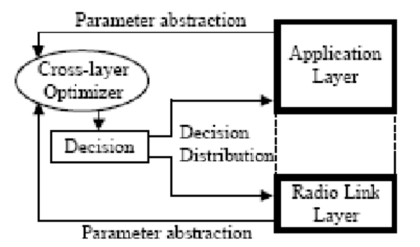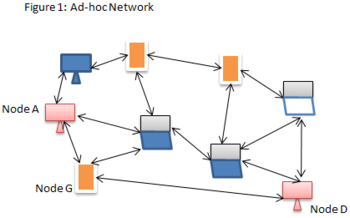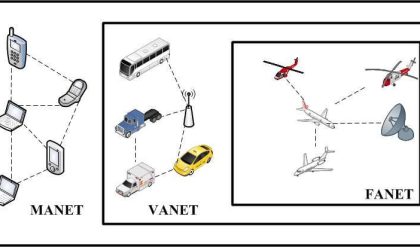The HIPERLAN tutorial covers HIPERLAN basics and types viz. HIPERLAN/1,HIPERLAN/2. It mentions HIPERLAN/2 frame structure and protocol stack.The Physical and MAC protocol layers are covered. Link to difference between HIPERLAN/1 and HIPERLAN/2 is also mentioned.
Introduction: The HIPERLAN is the short form of HIgh PERformance Radio LAN. It is defined by ETSI as alternative to IEEE 802.11. The specifications are specified or managed by BRAN (Broadband Radio Access Network). There are four set of standards as mentioned below.
➨HIPERLAN/1: radio LAN, 5.15 to 5.3 GHz , range: 50 meters, maximum rate of 23.5 Mbps, mobility less than 10 m/s
➨HIPERLAN/2: 5.1 to 5.3 GHz, short range (50 to 100m), greater than 20 Mbps, mobility less than 10 m/s.
➨HIPERACCESS: 5.1 GHz to 5.3 GHz, range of 5000 meters, data rate greater than 20 Mbps, stationary mode
➨HIPERLINK: 17.1 to 17.3 GHz, range: up to 150m, rate upto 155 Mbps, stationary mode
Refer HIPERLAN-1 Vs HIPERLAN-2 for more information.
HIPERLAN/2 Frame Structure

Fig-1: HIPERLAN/2 Frame
The basic frame structure in HIPERLAN/2 consists of broadcast, frame control, downlink, uplink and random access. Transmission format in HIPERLAN/2 is burst which consists of preamble and data fields (i.e. PDUs).
HIPERLAN/2 Protocol Stack-PHY layer, MAC layer

Fig-2: HIPERLAN-1 and HIPERLAN-2 protocol stack
The figure-2 depicts HIPERLAN-1 protocol stack layers. As shown it consists of two layers viz. physical layer and data link layer. Data link layer consists of LLC (Logical Link Control) and MAC (Medium Access Control). There is another sublayer which exists between PHY and MAC. It is known as CAC (Channel Access and Control Layer).
The figure-2 also depicts HIPERLAN-2 protocol layers viz. Physical Layer, DLC layer and Convergence layer. DLC (Data Link Control) layer is further sub divided into 3 layers viz. MAC, LLC and RLC layers.
PHY layer supports following six modulation/coding rates.
| Modulation-code rate | Data rate (Mbps) |
| BPSK-1/2 | 6 |
| BPSK-3/4 | 9 |
| QPSK-1/2 | 12 |
| QPSK-3/4 | 18 |
| 16QAM-9/16 | 27 |
| 16QAM-3/4 | 36 |
| 64QAM-3/4 | 54 |





